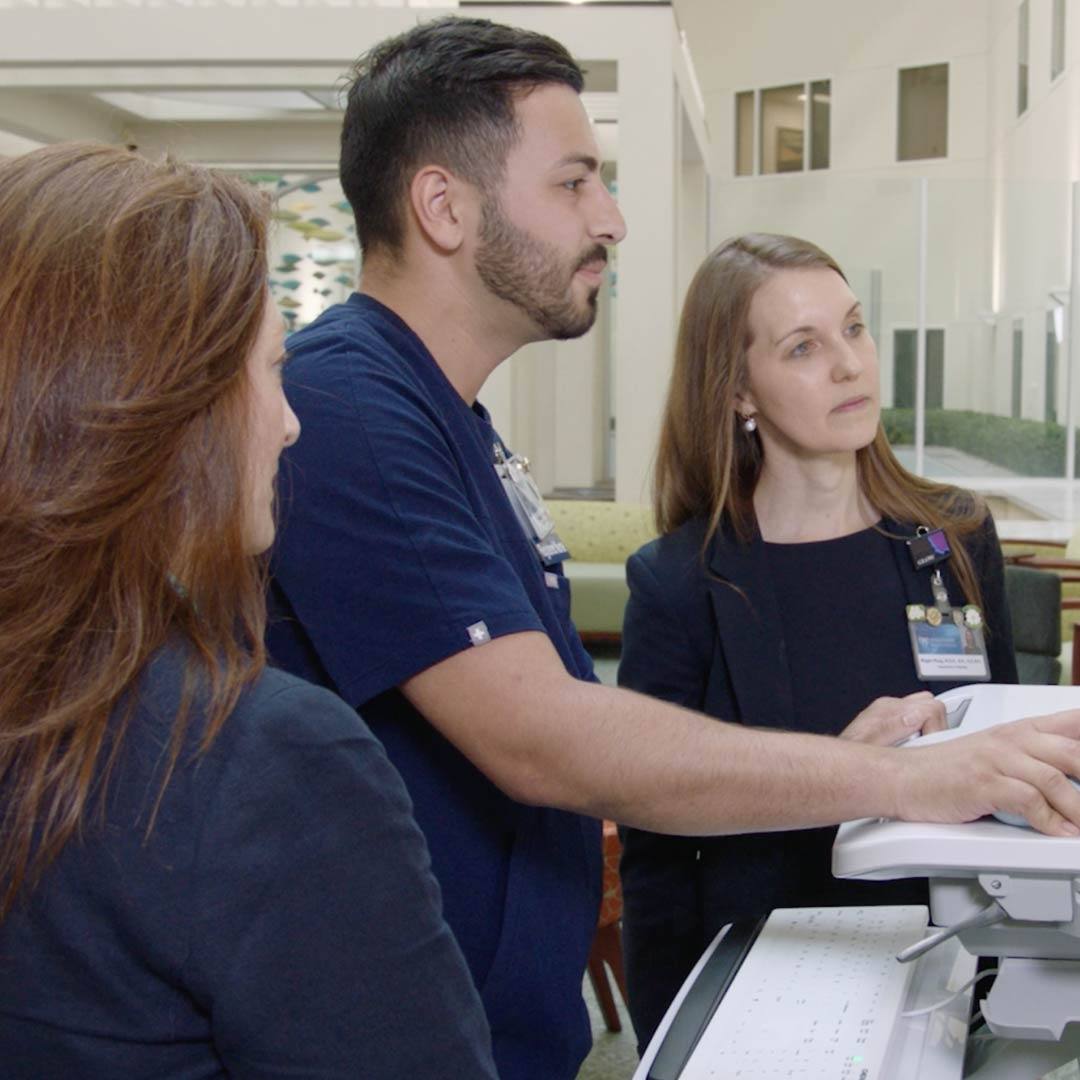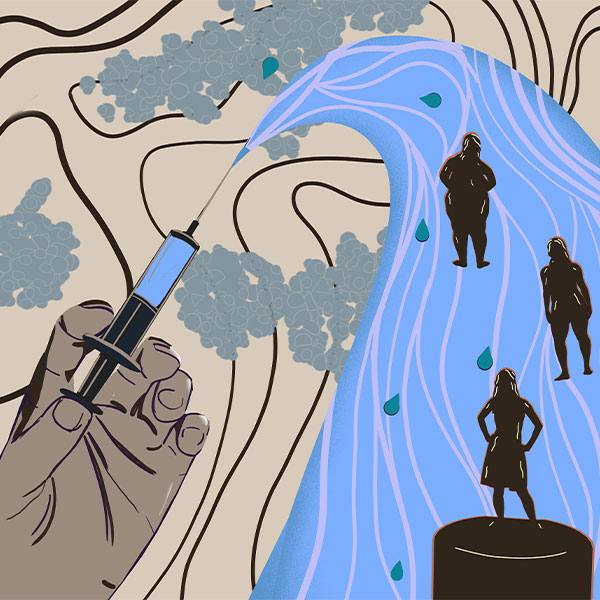-
Physician well-being improving, but burnout risk remains

ROCHESTER, Minn. — The good news is that physician burnout appears to be improving, along with indicators for physician well-being. However, physicians remain at high risk for burnout, depression and depersonalization, compared to other professionals. Those are the updated findings from Mayo Clinic researchers and their collaborators that are published in Mayo Clinic Proceedings.
“This is good news. It shows that burnout is being addressed nationally and programs are having some impact,” says Lotte Dyrbye, M.D., Mayo Clinic researcher and senior author of the paper. “Clearly more organizational change and more research is needed to sustain this trajectory.”
Researchers from Mayo Clinic, the American Medical Association and Stanford University collaborated in the national survey of physicians across more than 20 specialties to assess any changes between the previous study in 2014 and the original survey in 2011. While burnout varies by specialist, overall reported levels of burnout and satisfaction with work-life integration improved between 2014 and 2017 — but only to 2011 levels. The researchers say individual and organizational efforts have improved the situation, but more work needs to be done.
Burnout encompasses many aspects but includes the areas of emotional exhaustion, depersonalization, distress and depression. Extreme cases of burnout can lead to medical errors affecting patients, job loss and suicide. Survey responders say the demands of updating electronic health records are a major factor in burnout. These demands limit the time physicians can spend with patients, and that affects career satisfaction.
More than 30,000 physicians were invited to participate in the electronic survey. Roughly 17 percent (5,197) responded, and a second attempt to reach nonrespondents gained 248 more participants. Questions mirrored those on the previous surveys.
Researchers say the reason for the change may be due to physicians adapting to the new work environments over the three-year period. Also, much progress may be attributed to interventional programs to stem burnout in hospitals and other facilities. Conversely, they say the indicators may have improved because many distressed physicians have left the profession.
Additional co-authors of the article from Stanford University are Tait Shanafelt, M.D., and Mickey Trockel, M.D., Ph.D. From Mayo Clinic are Colin West, M.D., Ph.D., and Daniel Satele. And from the American Medical Association are Christine Sinsky, M.D.; Michael Tutty, Ph.D.; and Lindsey Carlasare. The research was funded by Stanford Medicine WellMD Center, the American Medical Association, and the Mayo Clinic Department of Medicine Program and Physician Well-Being.
###
About Mayo Clinic Proceedings
Mayo Clinic Proceedings is a monthly peer-reviewed medical journal that publishes original articles and reviews dealing with clinical and laboratory medicine, clinical research, basic science research and clinical epidemiology. Mayo Clinic Proceedings is sponsored by the Mayo Foundation for Medical Education and Research as part of its commitment to physician education. It publishes submissions from authors worldwide. The journal has been published for more than 80 years and has a circulation of 130,000. View articles on the Mayo Clinic Proceedings website.
About Mayo Clinic
Mayo Clinic is a nonprofit organization committed to clinical practice, education and research, providing expert, comprehensive care to everyone who needs healing. Learn more about Mayo Clinic. Visit the Mayo Clinic News Network.
Media contact:
- Bob Nellis, Mayo Clinic Public Affairs, 507-284-5005, newsbureau@mayo.edu







